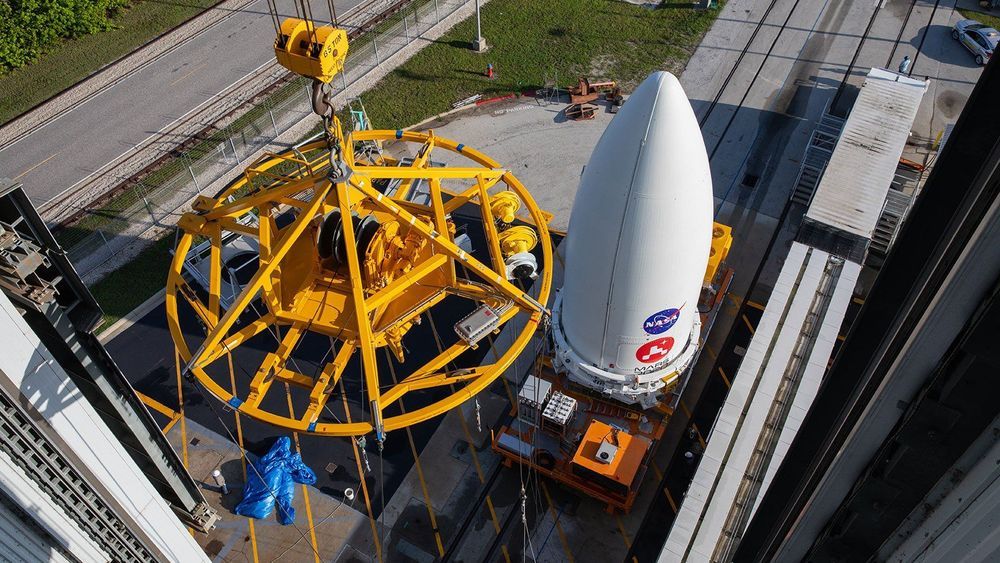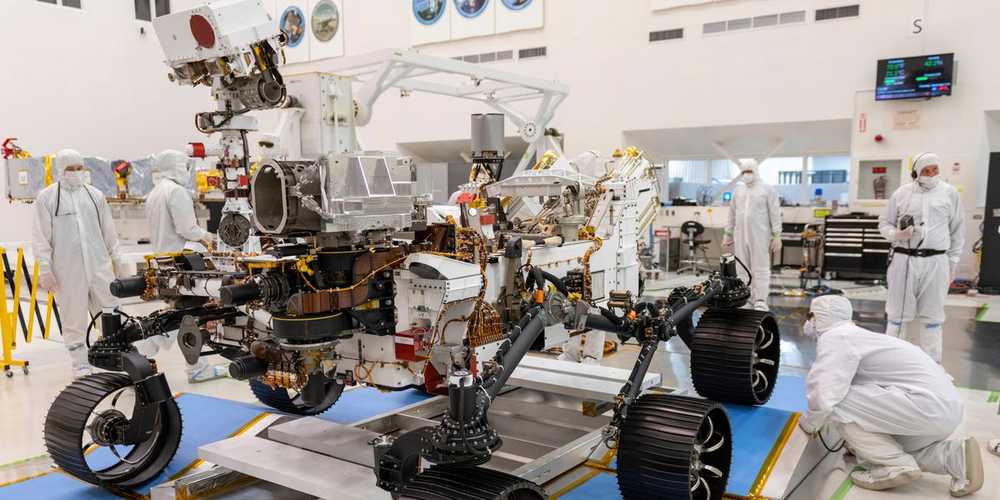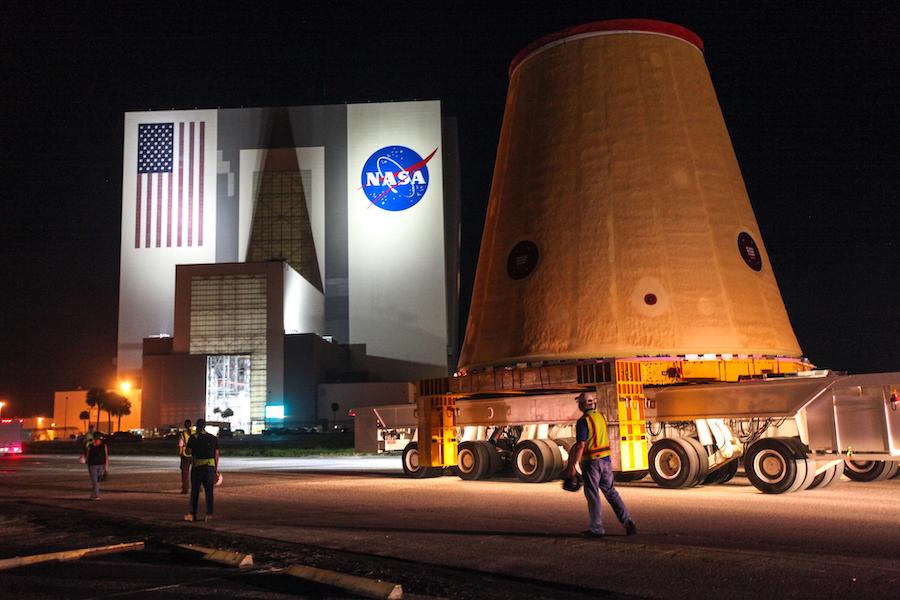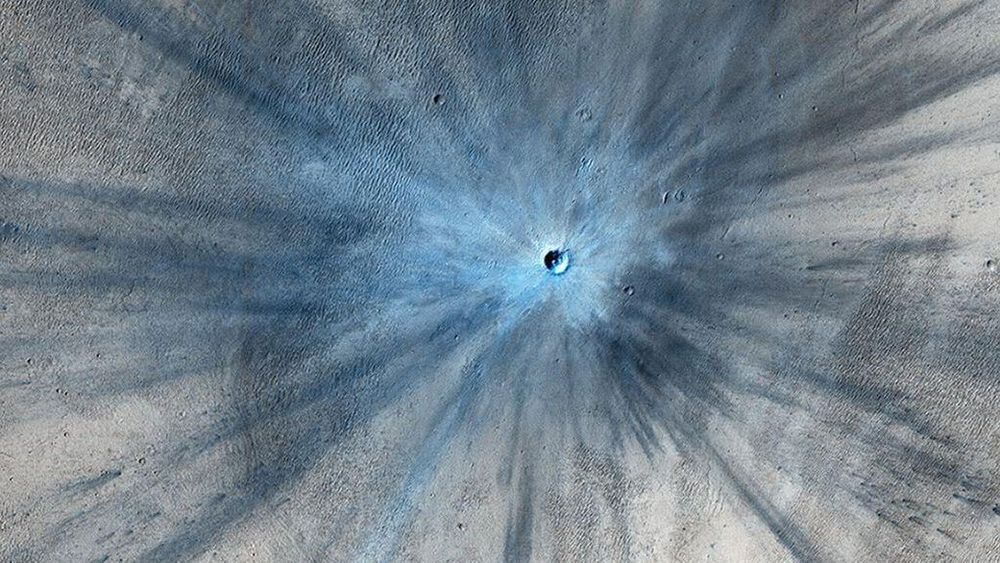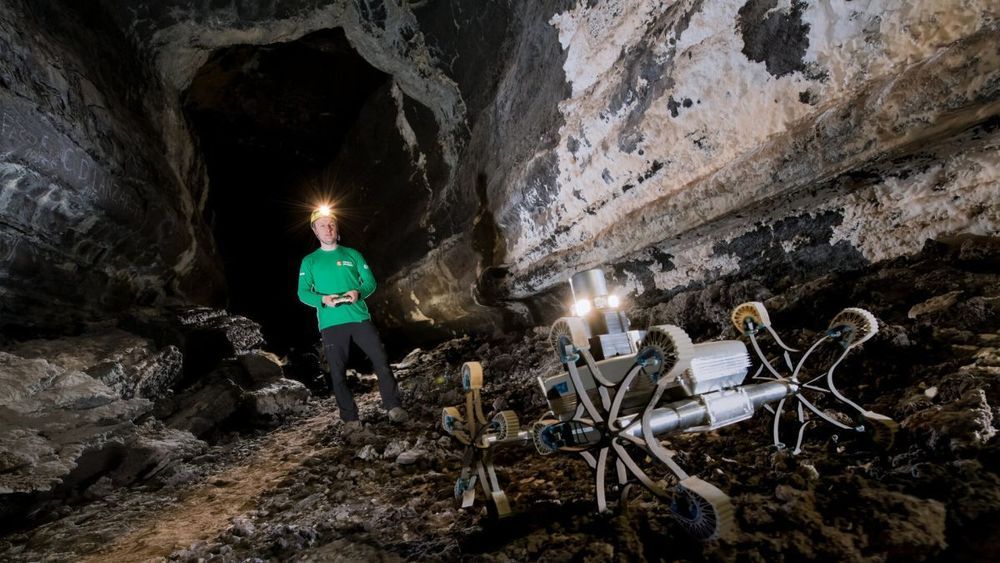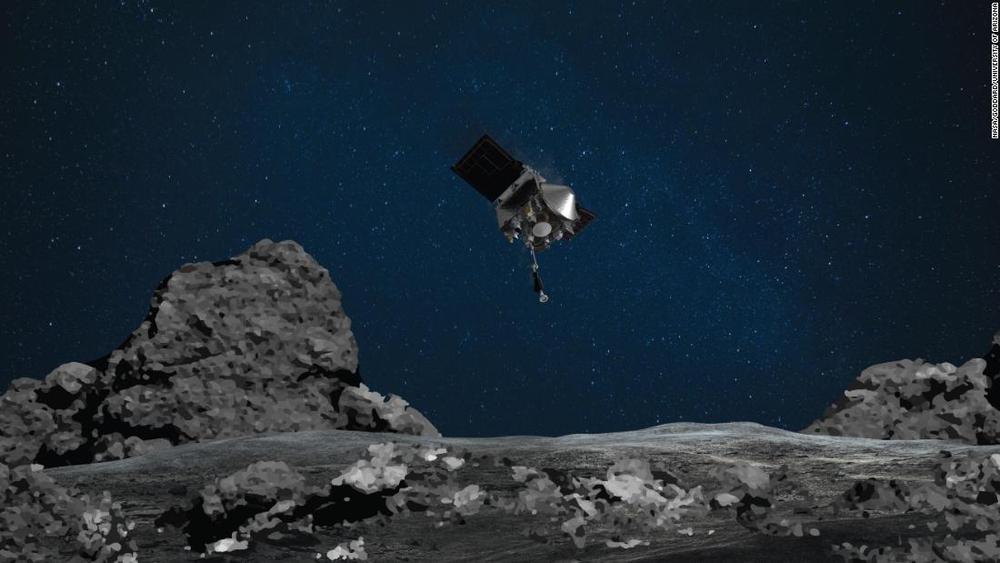The Launch Period
NASA and United Launch Alliance recently updated the mission’s launch period – the range of days the rocket can launch in order to reach Mars. It now spans from July 30 to Aug. 15.
The launch period opening changed from July 17 to 30 due to launch vehicle processing delays in preparation for spacecraft mate operations. Four days were also added to the previously designated Aug. 11 end of the launch period. NASA and United Launch Alliance Flight Teams were able to provide those extra days after final weights of both the spacecraft and launch vehicle became available, allowing them to more accurately calculate the propellant available to get Perseverance on its way.
